As the population ages, increasing cases of motor dysfunction have developed. Traditional treatment employs rehabilitation therapists, but the proportion of rehabilitation physicians to the public in China is 0.4 for every 100,000, which is unable to cover all patients.
With the development of robotic systems and innovation in the biomedical engineering field, lower limb exoskeletons have become a potential solution for many patients. These exoskeleton robots simulate human gait movements for rehabilitation training, exercise lower limb muscles and motor nerves, and may help patients in the absence of care with effective rehabilitation training.
In the development of exoskeleton robots, the gait cycle is optimized and designed for a humanoid controller and real-time training. As such, finding a way to effective process the captured motion characteristics, designing a humanoid controller, and applying it to the real-time training of lower limb rehabilitation robots has become a research hotspot in the field.
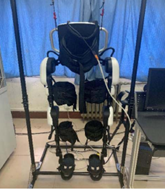
Researchers from the Zhongyuan University of Technology conducted research on robot dynamic modeling and control system designs of lower limb exoskeletons after studying the mechanisms of human movement. In the field of movement rehabilitation technology, the accurate measurement of movement processes is crucial to the evaluation of biomechanical models and the analysis of dynamic body information. The researchers used the NOKOV motion capture system and a 3D force measurement platform to collect gait cycle and plantar force data.
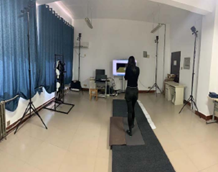
Motion data was collected in a field 5 meters long, 4 meters wide, and 3 meters high. During the experiment, the subject put hit hands on his chest and walked with his feet naturally parallel. The study aimed to capture a basic skeleton of the subject’s movement, so a total of 15 reflective markers were attached to various leg joints. 6 Mars 2H motion capture cameras collected and processed the location and movement data from each marker.
Because the data could not directly be exported to the lower limb exoskeleton robot as an ideal reference, a Fourier function was used to generate a fitted curve, which was then used as a reference for the desired trajectory of the exoskeleton robot control system. The collected data was also analyzed for human kinematic characteristics.
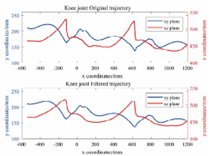
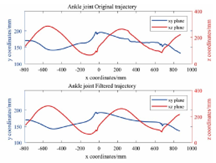
After analyzing the body’s movement mechanisms, the researchers designed the lower limb exoskeleton robot control system and proposed three control methods: linear feedback control for comfort, adaptive control for comfort, and a robust adaptive PD control based on gait cycle data. To evaluate each of these methods, the researchers used the movement characteristics of the lower limb as a reference for the desired trajectory of the exoskeleton robot and performed a simulation to verify the robot’s control system based on experimental data.
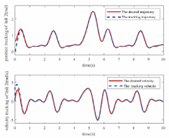
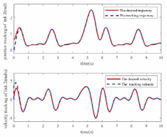
Bibliography: